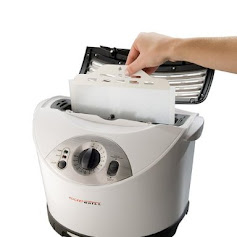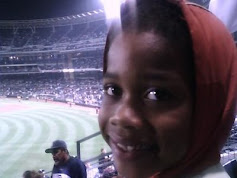Introduction to Remote Viewing
- Paul H Smith introduces himself as a former remote viewer and trainer in the military's Stargate program, emphasizing his extensive experience in teaching remote viewing.
- He outlines his intention to provide tips for conducting a simple remote viewing session for beginners.
- Smith suggests that those unfamiliar with remote viewing should refer to his previous video titled "Remote Viewing Martial Art for the Mind" for foundational understanding.
Understanding Remote Viewing Impressions
- Smith explains that remote viewing impressions are akin to vague memories, often experienced as fuzzy and indistinct images or feelings of knowing something about the target without clear details.
- He warns that bright and vivid images are typically the result of conscious guessing and should not be relied upon during the session.
Preparation for Remote Viewing
- To begin a remote viewing session, one needs a black ink pen, sheets of paper, a quiet environment, and a target that the viewer is blind to, meaning they should not have prior knowledge of it.
- The target can be a sealed photo or object, and the person creating the target should label it with a neutral identifier to avoid giving away any clues.
- Smith recommends that the envelope or box containing the target can be located in the same room as the viewer or in a completely different location.
Initial Setup and Mindset
- When starting the session, the viewer should write their name, the date, and any distracting thoughts in the upper corners of the page to clear their mind.
- Smith emphasizes the importance of relaxation before beginning, as tension and uncertainty can hinder the process.
- He encourages viewers to focus on the process rather than the outcome, suggesting that a zen-like approach will lead to better results.
Clearing the Mind and Recording Impressions
- Smith discusses the concept of clearing the mind, stating that it involves allowing thoughts to flow in and out without holding onto them, rather than completely emptying the mind.
- During the remote viewing process, viewers should focus on recording simple impressions such as colors, textures, and qualities of light without trying to interpret them immediately.
- He advises that surprises, or unexpected thoughts, are often valid impressions and should be recorded as they arise.
The Importance of Sketching
- Sketching is highlighted as a crucial method for expressing impressions that may be difficult to articulate verbally, and viewers are encouraged to sketch their thoughts as they come.
- Smith points out that sketches can capture internal impressions that words cannot convey and should be an integral part of the remote viewing process.
Maintaining Focus During the Session
- The viewer must continually redirect their attention back to the target, as human perception tends to wander, which can disrupt the flow of impressions.
- Smith suggests that once ready, the viewer should write the target number on the left side of the sheet and begin recording impressions immediately as they occur.
- He emphasizes that delaying the recording of impressions can lead to interference from the conscious mind, which may distort or invent details.
Concluding the Session and Feedback
- After completing the remote viewing session, the viewer should indicate the end of the session on their paper and then proceed to check their feedback by opening the envelope or box containing the target.
- Smith encourages viewers to compare their recorded impressions with the actual target to assess their accuracy and effectiveness in remote viewing.
- He concludes by suggesting that viewers may find remote viewing enjoyable and may want to explore it further, recommending his book and website for additional resources.
If you find you want more experience with remote viewing, check out Paul H. Smith's informational and training opportunities at https://rviewer.com
And if you're looking for remote viewing training you can do at home, also check out Smith's website: http://www.remoteperception.com/




